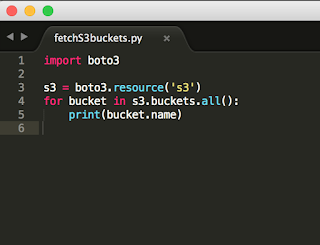Multiple Python versions on MacOS
# Install homebrew Homebrew is a package manager for MacOS, must have CLI utility. $ /bin/bash -c "$(curl -fsSL https://raw.githubusercontent.com/Homebrew/install/HEAD/install.sh)" # Install latest python MacOS comes with a python version but you should install the latest stable version of python. $ brew install python # Install pip First of all download the get-pip file $ curl https://bootstrap.pypa.io/get-pip.py -o get-pip.py Now run this file to install pip $ python get-pip.py # Change global default python to latest python $ sudo ln -s -f /usr/local/bin/python3.9 /usr/local/bin/python # Install pyenv pyenv makes it easy to install, manage, and switch between multiple Pythons versions. $ brew install pyenv # Install multiple python versions in pyenv $ pyenv install 3.9.4 $ pyenv install 2.7.16 # Change default python in pyenv to latest and greatest $ pyenv global 3.9.4 # Running pyenv $ pyenv versions $ python -m venv venv $ source ./venv/bin/activate (venv) $ which pyth...
